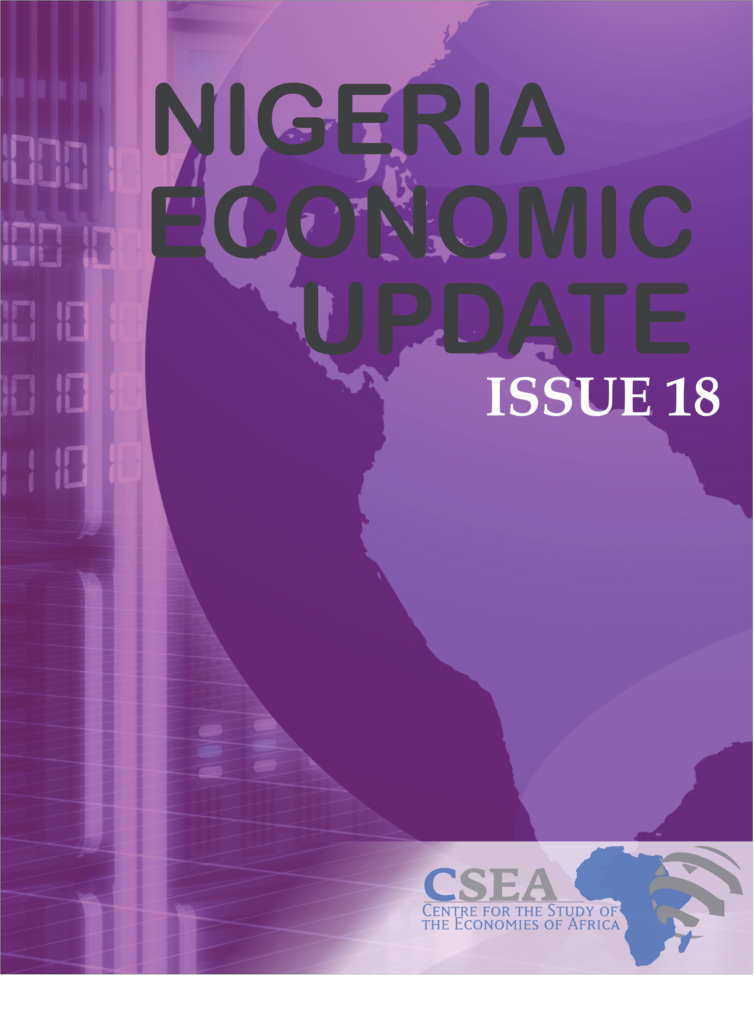According to the World Bank, poverty level in Nigeria increased in 2017 with almost half the Nigerian population living in extreme poverty. As stated in the “Nigeria Biannual Economic Update” report, approximately 49.2 percent of Nigeria’s population live below the PPP $1.90 per capita per day poverty line in 20171 – an uptick of 0.8 percentage points. Particularly important is that despite emergence from recession in 2017, poverty and unemployment levels increased. The World Bank suggests that prospects for poverty reduction have been jeopardized by limited connective infrastructure, and policy makers’ inability to identify interventions best suited for development potentials.
Macroeconomic Report & Economic Updates

May 31, 2018
Nigeria Economic Update (Issue 18)
According to the World Bank, poverty level in Nigeria increased in 2017 with almost half the Nigerian population living in extreme poverty. As stated in the “Nigeria Biannual Economic Update” report, approximately 49.2 percent of Nigeria’s population live below the PPP $1.90 per capita per day poverty line in 20171 – an uptick of 0.8 […]
Read →
Related
Nigeria Economic Update (Issue 10)
Nigerias external reserve rose to its 19-month high in the week under review (March 3, 2017 to March 10, 2017). Precisely, the reserve improved by a daily average-percentage-increase of 0.21 percent, from $29.79 billion on March 3, 2017 to $30.04 billion on March 10, 2017 the highest level since August 2015. The rising reserve at the backdrop of steady revenue from improved domestic crude oil production/prices and forex inflows from rising exports, has reduced pressure on the Naira the naira has witnessed marginal but steady appreciation. While the recent improvement in oil revenue is a welcome development, concerted efforts need be made to develop the Non-oil sector so as to mitigate future oil revenue shocks.
